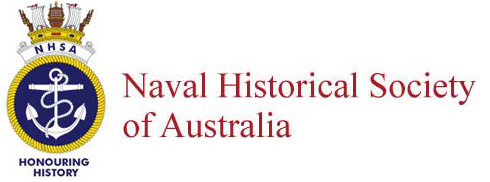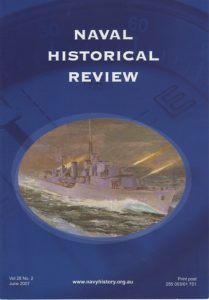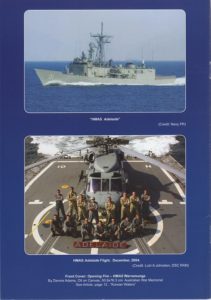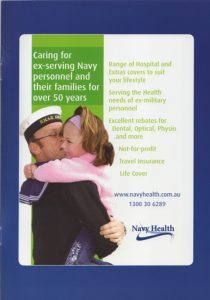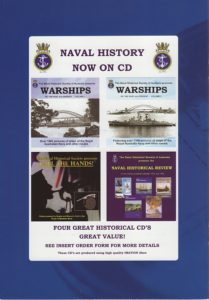- Author
- Tonson, A.E.
- Subjects
- Colonial navies
- Tags
-
- RAN Ships
- None noted.
- Publication
- September 1981 edition of the Naval Historical Review (all rights reserved)
HMNZ Ships Kiwi, Moa and Tui served with the United States Navy around the Solomon Islands, in April 1943, Moa being sunk by air attack near Guadacanal, with five crew members missing and seven seriously wounded. In October that year Tui depth-charged a large Japanese submarine, and with assistance from a US aircraft sank it when it was forced to surface. In September 1943 HMNZS Gambia was commissioned as a New Zealand naval vessel and saw service with the British Pacific Fleet, before reaching Wellington in November 1944. She then rejoined the British Pacific Fleet and was in the final operations against Japan and present when the surrender was signed. In February 1946 the ship left to rejoin the Royal Navy.
HMNZS Leander took part in the second battle of Kula Gulf in 1944 and suffered damage and casualties, and also that year she destroyed the Italian raider Ramb I in the Indian Ocean, which was armed with four 4.7 inch guns.
After refitting in the United Kingdom Achilles returned to New Zealand in 1945 and with Gambia, which had reached Auckland late in 1944, became a unit of the British Pacific Fleet. Gambia, a Mauritius Class cruiser of 8,000 tons, was armed with twelve 6 inch guns, eight 4 inch anti-aircraft guns, smaller guns and three aircraft. Following a farewell visit to New Zealand ports Achilles left for Britain in March 1946 and later, with her name changed to Delhi, became part of the Indian Navy. Gambia and Achilles were replaced that year by the Dido class light cruisers Bellona and Black Prince.
At its wartime peak in July 1945 the total strength of the Royal New Zealand Navy, including 518 WRENS, was 10,649 officers and ratings, this total including 3,790 officers and ratings serving with the Royal Navy and 570 officers and ratings on loan from the Royal Navy. Thus from the exigencies of a wartime role forced upon the New Zealand Division was the Royal New Zealand Navy establishing a record which any small nation might envy.
